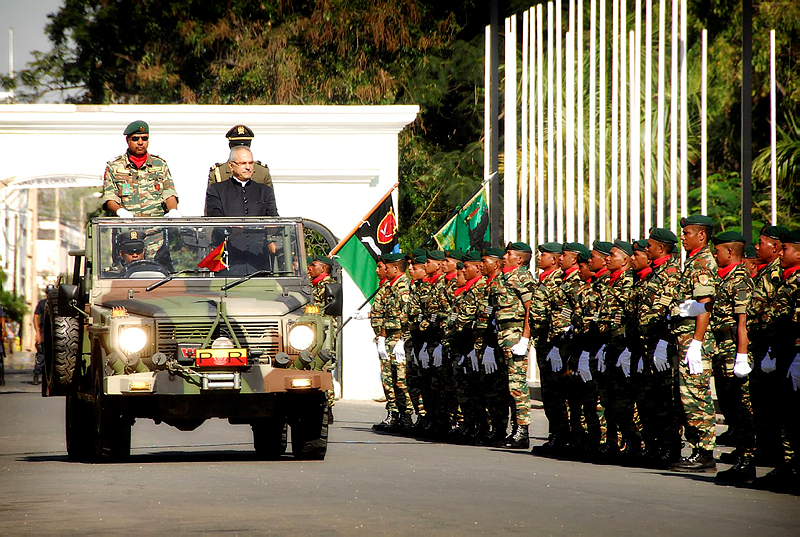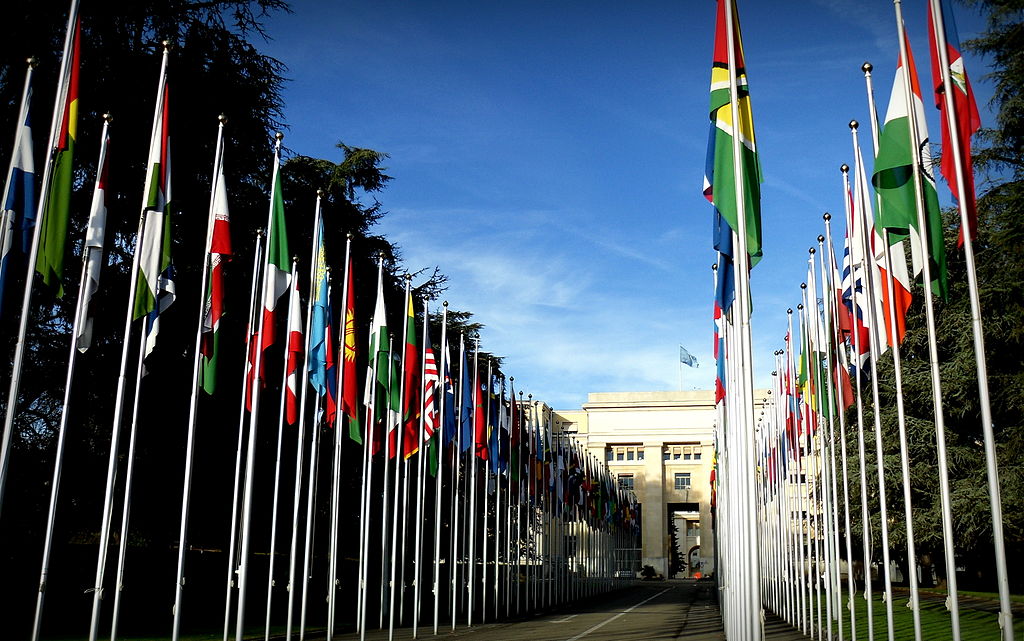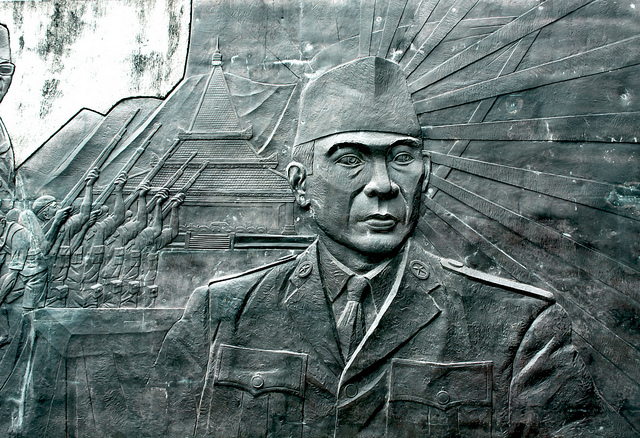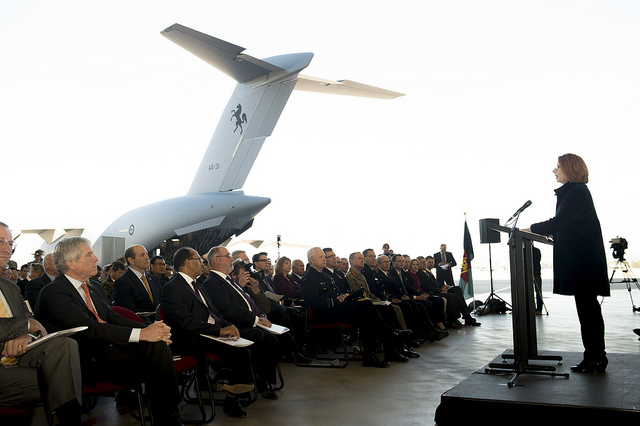Defence deal with PNG sharpens our South Pacific focus
Coming just a week after the inaugural South Pacific Defence Ministers Meeting in Tonga, Friday’s Australia–Papua New Guinea Defence Cooperation Arrangement helps cement the new Defence White Paper’s emphasis on security cooperation in our near neighbourhood.
The arrangement was signed during Julia Gillard’s first trip to PNG as prime minister—a visit aimed at updating trade, aid, education, police, immigration and other links as much as our defence ties.
The elevation of a defence deliverable Minister Smith would probably have enjoyed announcing himself (he’s driven this initiative and similar formal instruments with other partners), and its use in a prime ministerial visit not lacking other substance, helps signal the strength of the White Paper’s renewed focus on ‘the backyard’. Given PNG’s central place in the South Pacific, the deal showcases our commitment to regional security, stability and cohesion; gives concrete effect to deepening our strategic partnership with an important neighbour; and offers a possible centrepiece for region-wide joint training opportunities under the new regional exercise framework. Read more








